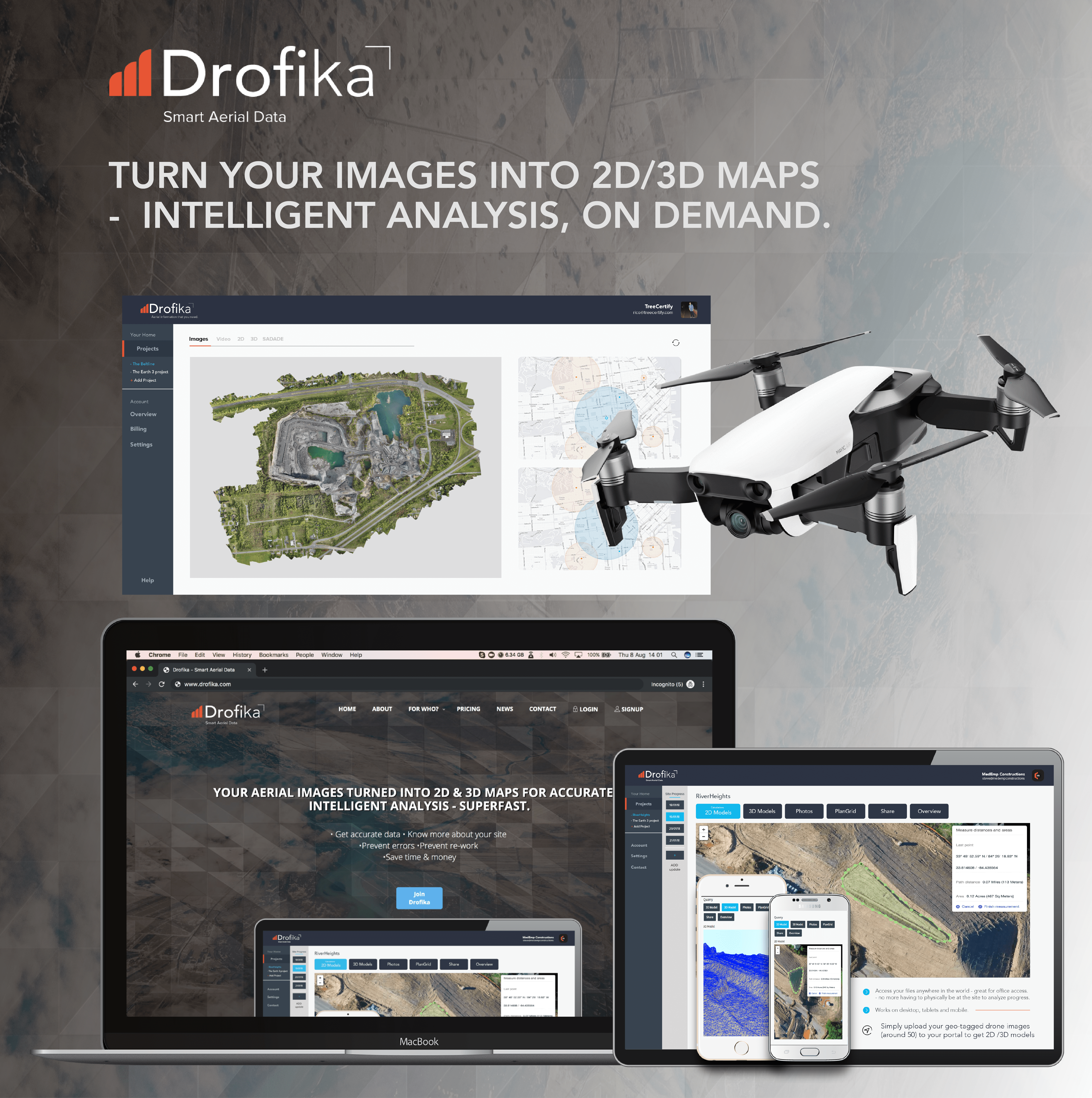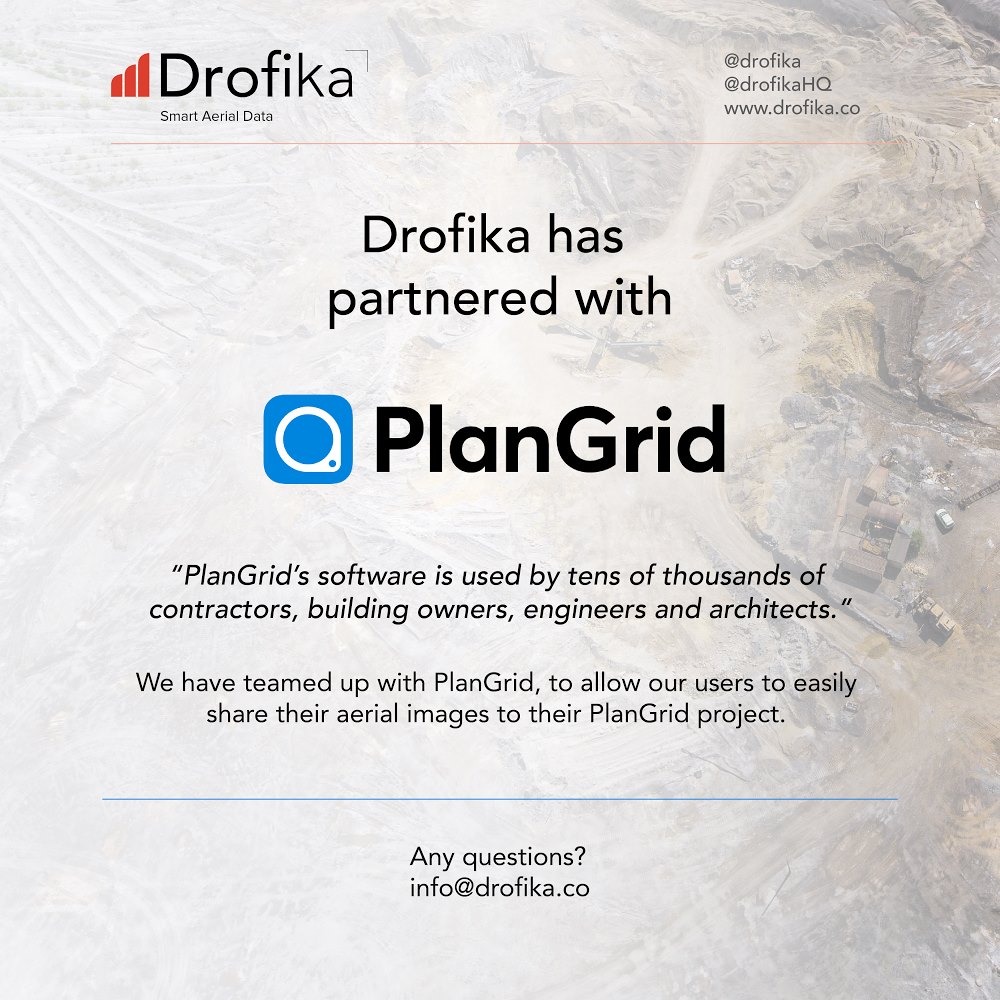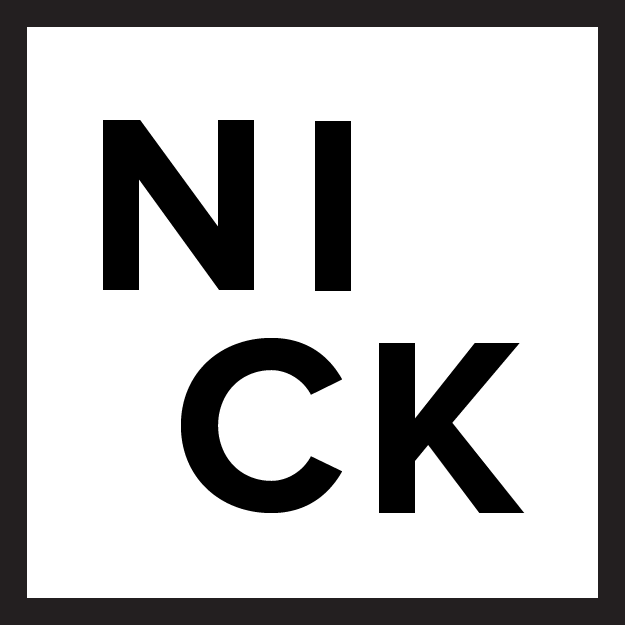Drofika Labs

Our Journey:
Drofika Labs was an Atlanta-based startup that developed innovative data infrastructure solutions. We created a drone intelligence platform for heavy industry and a multi-region IoT platform that transformed existing computers into data centers, aiming to empower businesses and enhance data security.
Funding:
Bootstrapped until seed investment from Comcast
Location:
Atlanta, Ga
London, UK
Life time:
Oct 2015 - June 2020
My Role
Co-Founder
Design Director
Industry
Construction Tech, IoT, Data Security, Data Analytics & Fog Computing, SaaS
Team Size:
Business Development: 3, Engineering: 6, Design: 3
Personal Contributions:
- Heuristics Evaluation
- Stakeholder Management
- User Interviews
- Affinity Mapping
- Competitive & Comparative Analysis
- Feature Prioritisation
- Information Architecture
- Site Mapping
- User Flows
- Usability Testing
- Wire-framing
- Rapid Prototyping
Problem/Goal:
Problem:
- Construction companies struggled with manual data collection methods for project sites, which were time-consuming, expensive, and prone to errors.
- Traditional methods like surveying and manual photography lacked real-time insights and daily progress tracking, hindering informed decision-making.
- Inefficient data management made it difficult to collaborate effectively and share information across teams, leading to communication gaps and delays.
- Safety concerns arose with manual methods, especially when dealing with hazardous environments or hard-to-reach areas.
- The lack of readily available, up-to-date data hampered progress tracking, hindering proactive problem-solving and course correction.
Goal:
- Drofika aimed to revolutionize data collection in construction by offering a faster, safer, and more cost-effective alternative to traditional methods.
- We envisioned democratizing drone technology by making it accessible and user-friendly even for construction companies without prior drone expertise.
- Our goal was to provide real-time, actionable insights through automated drone flights and instant 2D/3D model generation.
- Drofika strived to enhance communication and collaboration by offering a centralized platform for data sharing and progress visualization.
- Ultimately, we aimed to empower construction companies to make data-driven decisions, optimize workflows, and improve project outcomes.
Design Process:
1) Research & Discovery:
- Conduct user interviews and surveys with construction professionals.
- Analyze competitor solutions and industry trends.
- Define user personas and identify key pain points.
2) Information Architecture & User Flows:
- Develop sitemaps and user flows for both web and mobile app.
- Define the information hierarchy and content organization.
- Design user journeys for key tasks like geofencing and progress tracking.
3) Wireframing & Prototyping:
- Create low-fidelity wireframes to establish core functionalities.
- Develop interactive prototypes for user testing and feedback iteration.
- Refine user flows and information architecture based on testing insights.
4) Visual Design & Branding:
- Establish a visual design language that aligns with the brand identity.
- Design the user interface elements like buttons, icons, and typography.
- Ensure a consistent and user-friendly visual experience across platforms.
5) Usability Testing & Iteration:
Usability Testing & Iteration:
- Conduct usability testing with target users to identify any usability issues.
- Analyze user feedback and iterate on the design based on test results.
- Continuously refine the design until it meets user needs and expectations.
Major Partnerships:
- ATT
- DJI
- Comcast
- PlanGrid

Key Takeaways:
As a founding designer:
- User-centered design is crucial in a startup environment: Understanding construction professionals' needs through extensive user research (interviews, surveys) was vital to create a product that addressed their pain points and fit seamlessly into their workflow.
- Collaboration is key to success: Working closely with both the engineering team and DJI ensured a smooth integration of the mobile app with drone functionalities, leading to a unified user experience.
- Iteration is essential for effective design: Conducting multiple rounds of usability testing with target users allowed for continuous refinement of the web and mobile app designs, ultimately delivering a user-friendly and efficient solution.
Challenges & Solutions:
- Balancing user needs with technical constraints: Finding the sweet spot between user needs and technical limitations was a hurdle.
Solution: By closely collaborating with engineers, we gained a deeper understanding of technical constraints. This allowed us to explore alternative design solutions that met user needs within feasible boundaries. - Designing for a complex product in a fast-paced startup: Designing for a complex product while staying adaptable to the rapid pace of a startup presented a challenge.
Solution: User research helped us prioritize core functionalities. We then employed iterative development to deliver a minimum viable product (MVP) quickly. Gathering user feedback on the MVP informed subsequent improvements. - Ensuring seamless user experience across platforms: Maintaining a consistent user experience across web and mobile platforms was crucial. Solution: We developed a consistent design language and user interface (UI) for both the web app and mobile app. This resulted in a familiar and intuitive experience for users on different devices.
